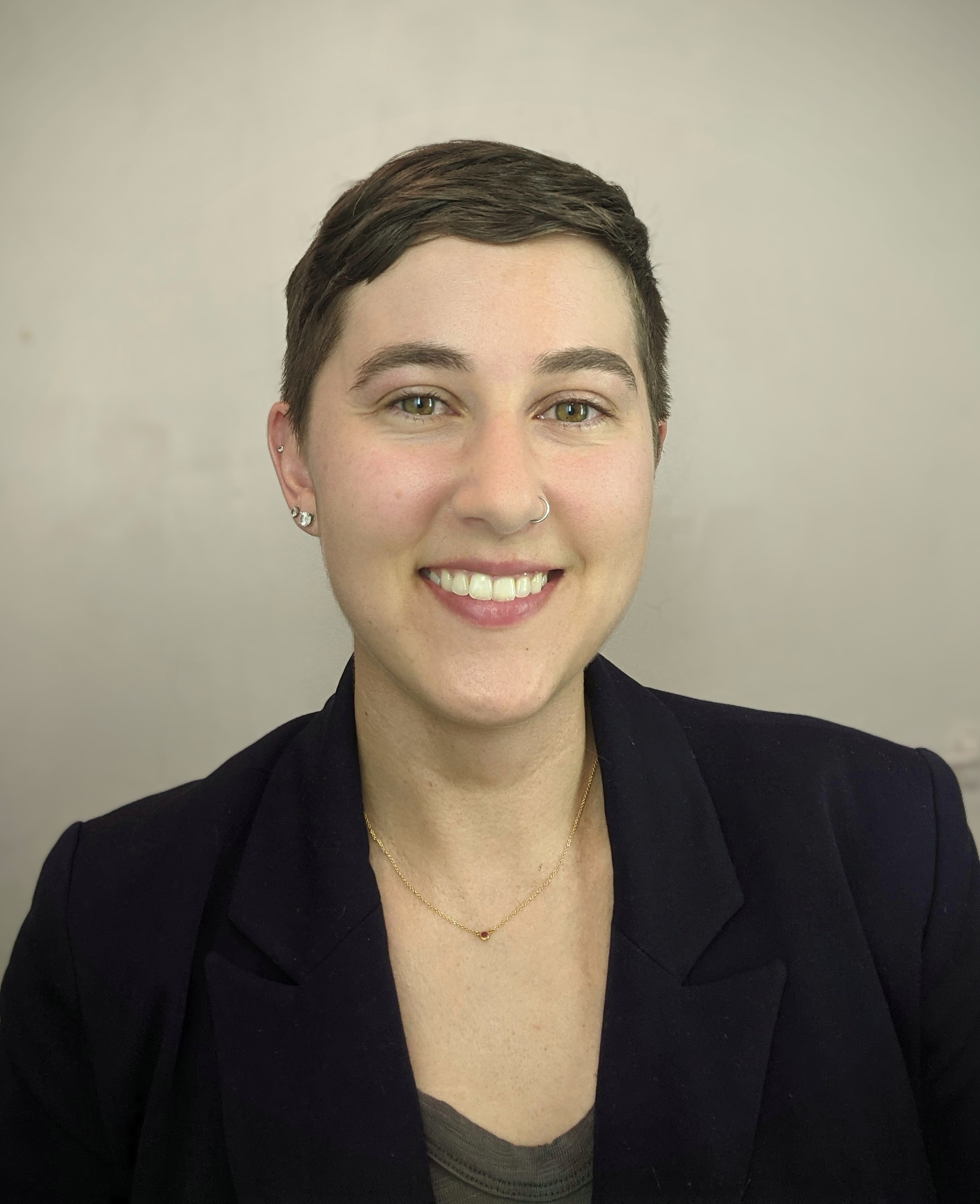Trauma and Stressor Related Disorders and Disasters
Daily Relationships between Sleep and PTSD
(PS13-86) Daily Relationships Between Sleep and PTSD

Shaan F. McGhie, M.A.
PhD Student
Harvard University
Cambridge, Massachusetts, United States- GH
Gabriella Hamlett, M.A.
PhD Student
Harvard University
Cambridge, Massachusetts, United States - MM
Marieke Meier, M.A.
PhD Student
University of Münster
Cambridge, Massachusetts, United States - PM
Patrick Mair, Ph.D.
Senior Lecturer
Harvard University
Cambridge, Massachusetts, United States 
Richard J. McNally, Ph.D.
Professor
Harvard University
Cambridge, Massachusetts, United States
Author(s)
Co-Author(s)
Sleep disturbances are a significant predictor of Post-Traumatic Stress Disorder (PTSD) symptom severity However, most research in this area has been conducted with group-level data, which do not necessarily capture the relationships between PTSD symptoms and sleep within an individual over time, for instance whether a night of bad sleep might increase PTSD symptoms the next day. Few studies have examined these within-person dynamics. Further, these studies are limited by only assessing symptoms over the course of one week, and many do not account for PTSD severity. This study builds upon existing literature by employing Ecological Momentary Assessment (EMA) to investigate the daily temporal dynamics of sleep and PTSD over the course of 14 days.
Participants (n = 41; 574 total data points) were adults (M = 31.1 years old, SD = 10.3) who self-reported having experienced a traumatic event in their lifetime (73.2% female, 85.4% white); 75.6% of participants met criteria for a provisional PTSD diagnosis. On average, participants completed ratings of sleep difficulty (0-100 scale) and PTSD symptoms on 12 out of the possible 14 days (M = 12.7, SD = 1.3, range = [10,14]).We conducted pre-registered multi-level regression analyses to determine within-person and between-person effects of daily PTSD symptoms on difficulty sleeping the following night, as well as the effect of sleep difficulty on next-day PTSD symptoms controlling for baseline PTSD severity as assessed by the PCL-5. Within individuals, increased self-reported difficulty sleeping predicted a small but significant increase in PTSD symptoms the next day (B = 0.093, p =.001). Across individuals, those with higher average difficulty sleeping also reported higher daily PTSD symptoms (B = 0.361, p = .002). In contrast, we observed a between-person relationship between higher average daily PTSD symptoms and increased sleep difficulty (B = 0.854, p < .001), but did not observe this association on the individual level.
These findings are in line with previous literature showing that sleep disturbances are predictive of PTSD symptom severity. In this sample, we did not find that PTSD symptoms affect sleep on a daily within-person basis. While this may indicate that this effect is not bi-directional within individuals, it may also be that PTSD symptoms affect sleep at a different time scale, i.e., steadily deteriorating sleep over the course of weeks or months rather than the next night. Generalizability to other genders and races/ethnicities is limited by our sample, however our study is strengthened by the examination of these processes on an intra-individual level.

.png)
